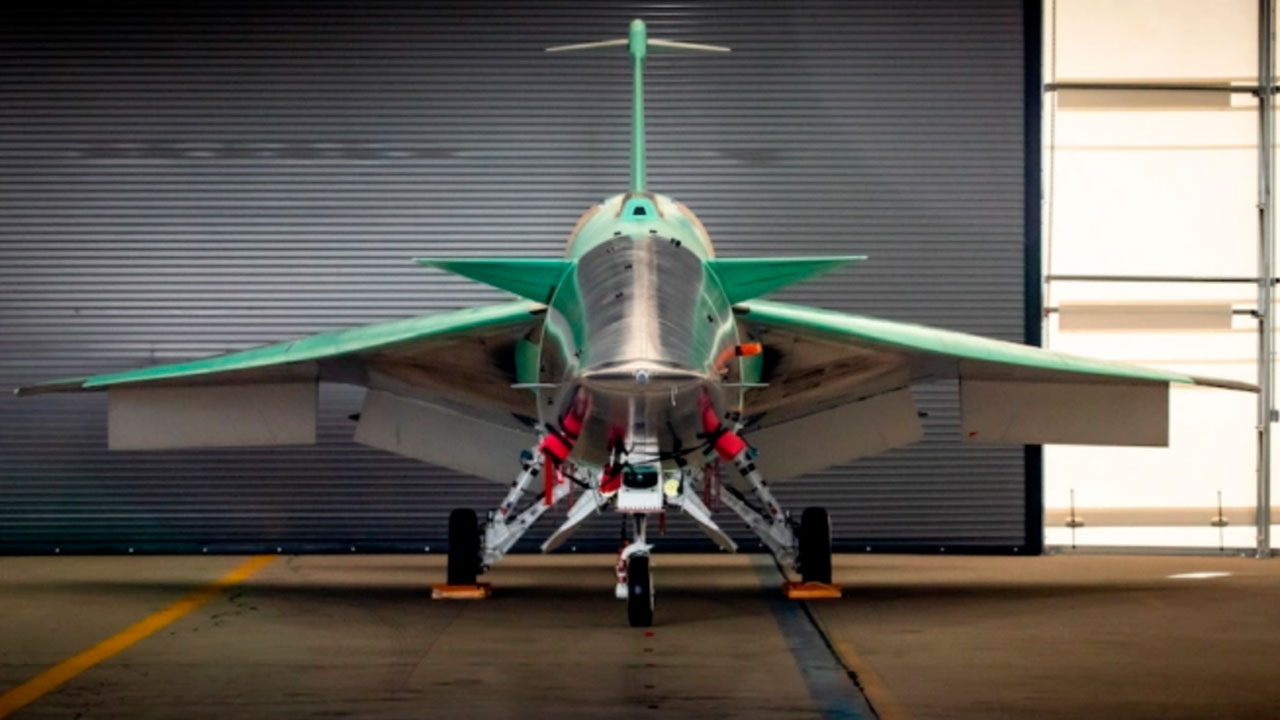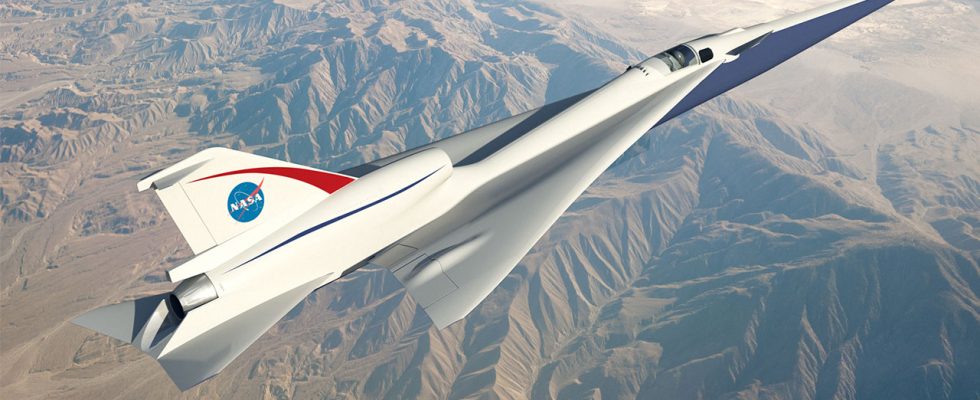Concorde, which first started commercial flights in the 1970s, had traveled above the speed of sound for about 30 years. These planes, which carried many passengers for 30 years, died out in the early 2000s due to various problems. Although travel above the speed of sound has not been allowed since then, this seems to change now.
Travel times will be halved with supersonic flights
NASA’s experimental X-59 Quiet SuperSonic Technology (QueSST) aircraft is preparing for its first test flight this year. As the name suggests, QueSST is home to a technology that reduces the sound of the very loud sonic boom that occurs when the sound barrier is breached.
By making the sudden noise quieter, the X-59 can prevent the noise pollution created by these planes. With the spread of this technology, it is expected to pave the way for supersonic passenger planes. As it is known, Boom Supersonic company introduced its aircraft called Overture last year.
NASA recently shared a few images of the X-59. The space agency stated that after some tests to be carried out in the coming period, the aircraft, which can exceed the speed of sound, will be ready for its first test flight. The effect of the noise generated during these flights on people will also be tested.
Beginning development in 2016, the X-59 is designed to fly at 55,000 feet (16,765 meters) at a cruising speed of Mach 1.42 (1,508 km/h). Planned to reach twice the speed of a conventional passenger jet, the supersonic airliner will drastically reduce flight times.

Until it was retired by British Airways and Air France in 2003, the supersonic passenger jet Concorde made the fastest flight between New York and London in just 2 hours 53 minutes. The journey to New York and Los Angeles, which currently takes about 5 hours and 30 minutes, is expected to decrease to about 2 hours and 30 minutes with the X-59.

